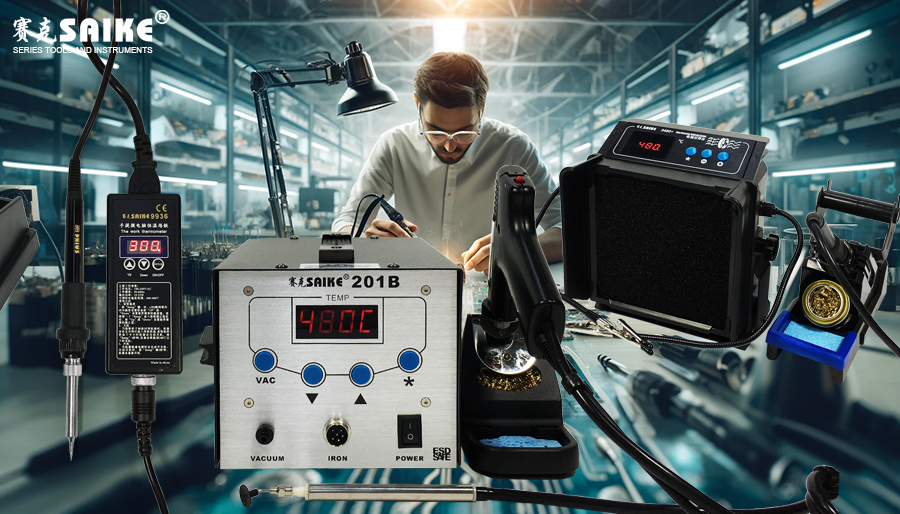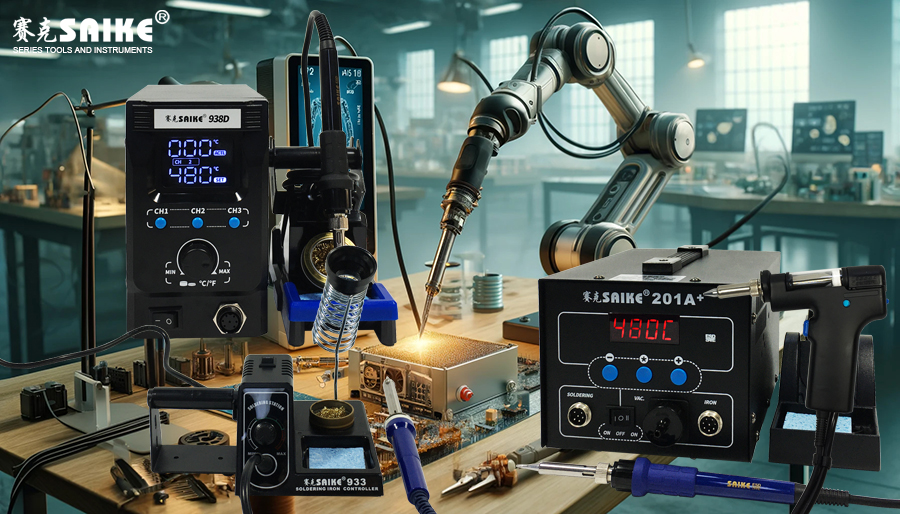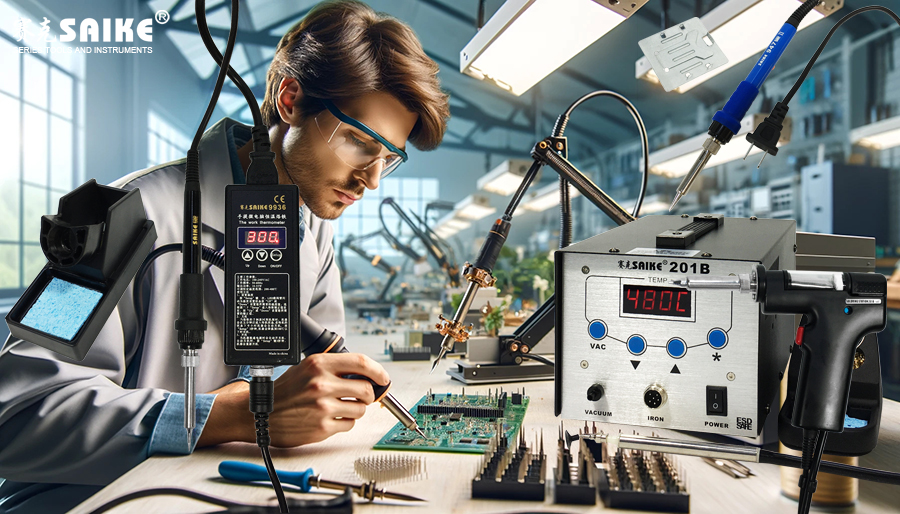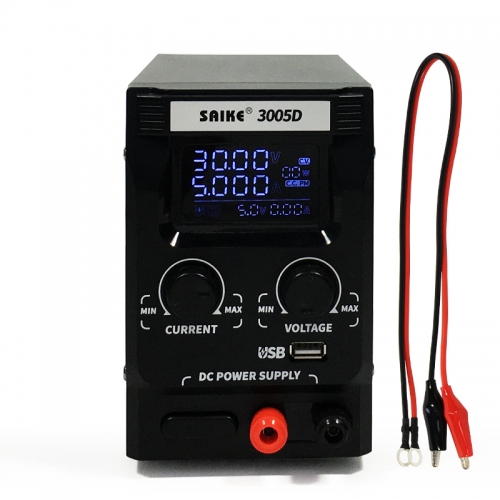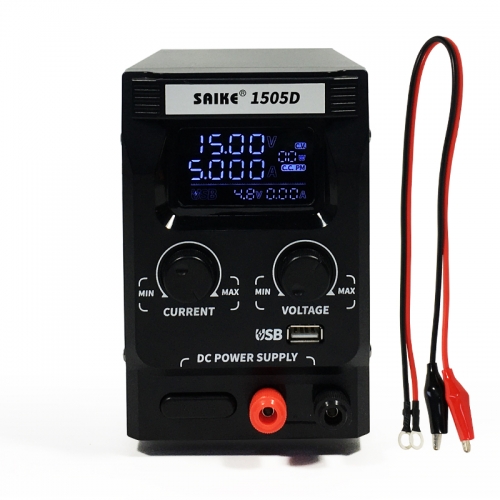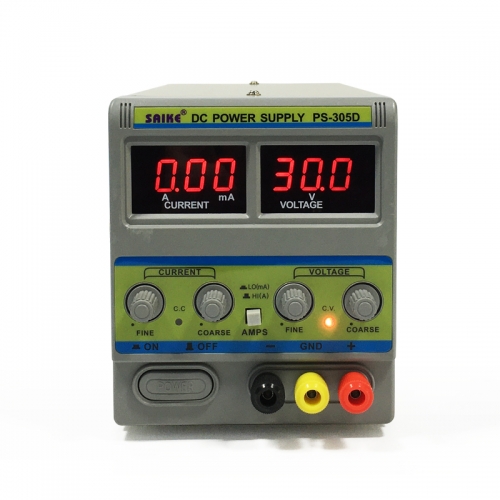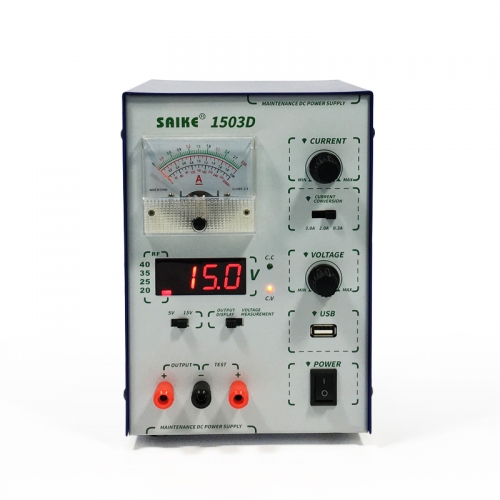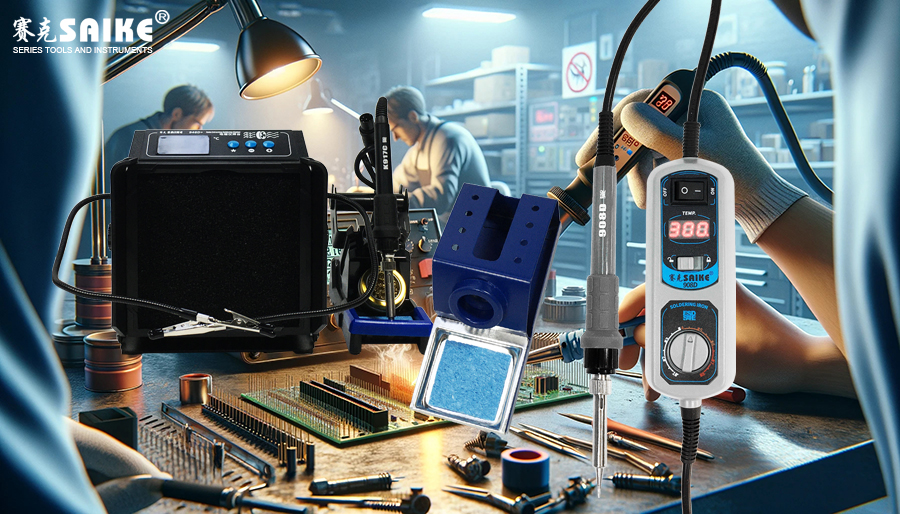
In the process of electronic production and maintenance, the electric soldering iron is an indispensable tool, and the control of soldering temperature is crucial to the quality of soldering. Proper control of soldering temperature can not only ensure the firmness and conductivity of soldering points but also avoid thermal damage to electronic components and circuit boards. The following will introduce how to control the soldering temperature of the electric soldering iron in detail.
I. Understand the Importance of Soldering Temperature
Soldering temperature is a key factor affecting soldering quality. Too low temperature will cause the solder to not fully melt, resulting in insecure soldering and prone to occurrences of cold soldering or insufficient soldering; while too high temperature may burn out the components at the soldering points or deform and char the circuit board. Therefore, reasonable control of soldering temperature is a prerequisite for ensuring soldering quality.
II. Choose Appropriate Soldering Iron and Soldering Tip
- Selection of soldering iron power: The power of the soldering iron directly affects its heating speed and temperature. Generally speaking, high-power soldering irons have fast heating speeds and high temperatures, suitable for large-area soldering or soldering thicker metals; while low-power soldering irons are suitable for fine soldering or temperature-sensitive components.
- Selection of soldering tip: The shape and material of the soldering tip also affect the soldering temperature. Different shapes of soldering tips are suitable for different soldering needs, and high-quality soldering tip materials (such as copper or copper alloys) can provide better thermal conductivity, making the soldering temperature more uniform and stable.
III. Adjust the Temperature Setting of the Soldering Iron
Modern electric soldering irons are usually equipped with temperature control functions, and the temperature can be set through a knob or digital display screen. Before soldering, the appropriate temperature should be set according to the melting point of the solder and the characteristics of the soldering object. Generally, the melting point of solder is about 183°C (for common 63/37 tin-lead solder), so the soldering temperature should be set slightly higher than this melting point to ensure that the solder can fully melt and wet the soldering points.
IV. Use Temperature Measurement Tools
To more precisely control the soldering temperature, temperature measurement tools such as infrared thermometers or thermocouples can be used to monitor the temperature of the soldering tip in real-time. These tools can provide instant temperature feedback to help the solderer adjust the temperature setting of the soldering iron in a timely manner.
V. Pay Attention to Soldering Time and Techniques
- Soldering time: The soldering time should not be too long to avoid thermal damage to components and circuit boards. Once the solder melts and fully wets the soldering points, the soldering iron should be immediately removed.
- Soldering techniques: During the soldering process, techniques such as preheating the soldering points, quick contact soldering, and timely removal of the soldering iron can be used to reduce soldering time and thermal impact.
VI. Maintain and Care for the Soldering Iron
Regularly clean the oxides and residual solder on the soldering tip to maintain its good thermal conductivity. At the same time, check the power cord and connector of the soldering iron to ensure safe use.
VII. Safety Precautions
- Scald protection: When using an electric soldering iron, be careful to avoid touching the soldering tip or high-temperature parts to prevent scalds.
- Fire safety: Ensure that the work area is away from flammable items and prepare fire equipment such as fire extinguishers.
Through the above measures, we can effectively control the soldering temperature of the electric soldering iron, thereby improving soldering quality and protecting electronic components and circuit boards from thermal damage. In practical operations, continuously summarize experience, adjust soldering parameters and techniques to achieve the best soldering effect.

